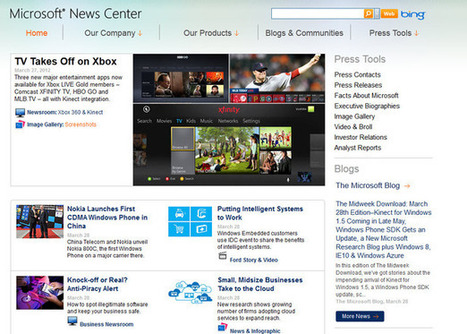The New York Times published an article about Trump sexually assaulting two women.
Trump threatened to sue for libel. The letter that the Times‘ lawyer sent in response really hits you smack on the forehead, because it’s so different from anything else you read in the paper. I’ll analyze.
There are three kinds of things you read in the Times, or any newspaper.
- News articles and analysis feature a balanced and evenhanded tone and any first-person remarks are about what the reporter saw.
- Editorials feature the first-person “I” or “we,” but are clearly biased.
- Feature stories and reviews often include first-person narrative and opinions, but they’re about experiences, not journalism or politics.
David McCraw’s letter responding to Trump’s lawyer Marc Kasowitz breaks the mold, because McCraw is not a journalist. He’s a lawyer defending the Times. So the Times becomes a character in this drama, along with Trump. Let’s take a look. My comments are in brackets; where you see bold, I’ve added it to make a point. As usual, my translations are my own....



 Your new post is loading...
Your new post is loading...











Josh Bernoff praises the New York Times lawyer's response to Donald Trump's threat of a libel lawsuit. A cogent and effective letter from a lawyer - that's a first!